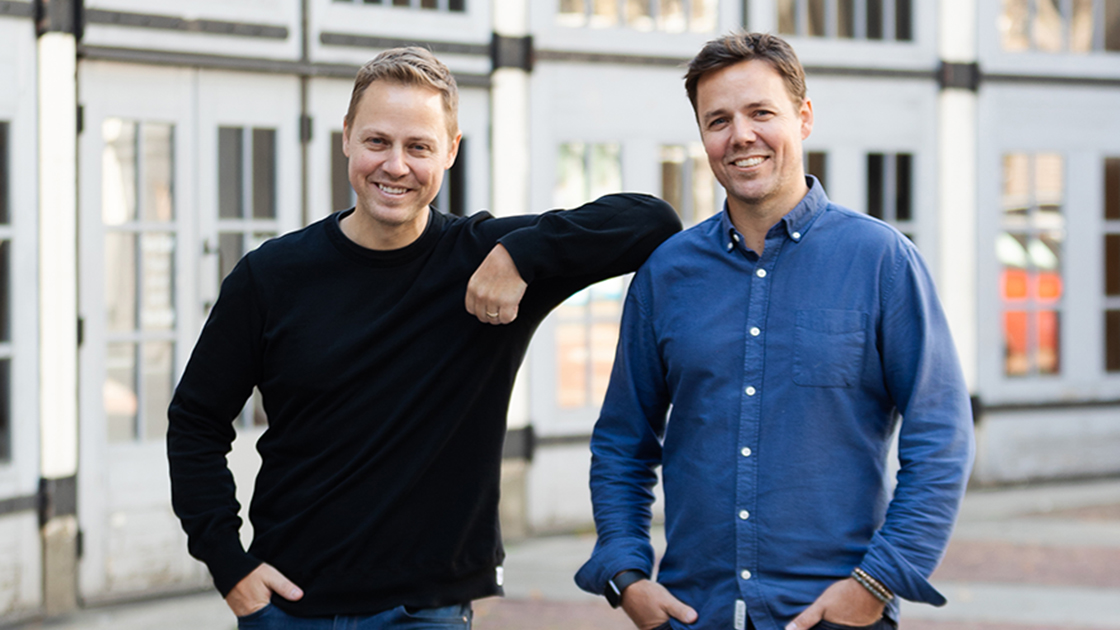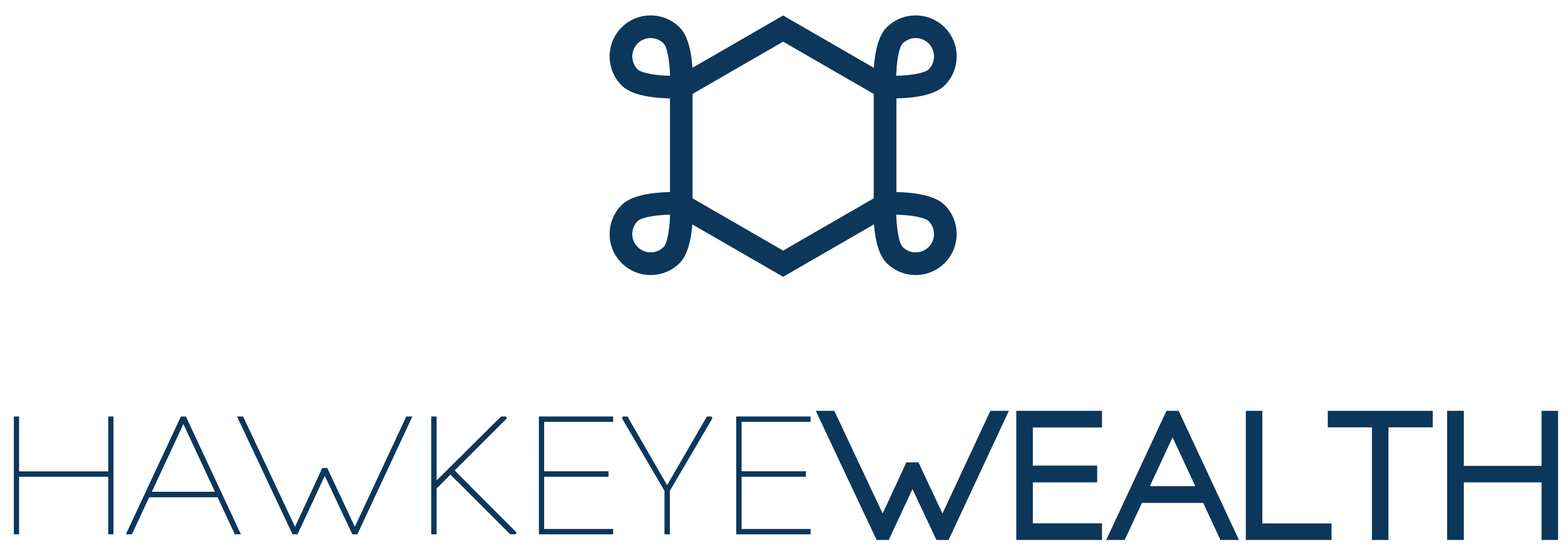Episode 315 – March 24, 2022
Listen On: Apple Podcasts | Spotify | Google Podcasts | YouTube
Financial freedom is often the goal for real estate investors, but how to get there (and quick!) is where many people stumble. How do you find the money to invest? How do you learn a market? How do you assemble a team? And how do you make it all work? Well, today’s episode answers all these questions and more. As part of our ongoing Zero to Kokomo series, Left Sided Ventures sits down with Matt & Adam to offer a clear path to financial freedom, from creating partnerships, finding money, analyzing markets and deals, adding value, and doing it ALL while keeping your 9-5 job! If you are young and looking to start investing, this is the perfect launching pad for real estate side hustle. Get your notebook!
Listen to Episode
Guest Information
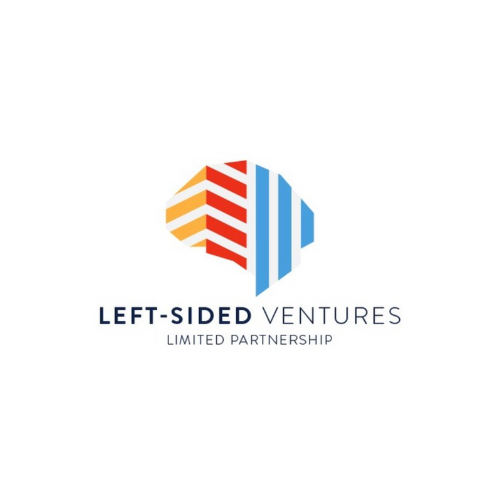
Left Sided Ventures
Philip, Ryan & Johnny are the founders of Left Sided Ventures. They are a team of analytical investors on the road to financial freedom. They aim to build a portfolio of real estate investment properties that generate cash flow in stable or appreciating markets across Canada.
Episode Summary
Who are the partners behind Left-Sided Ventures?
Phillip was born and raised in Vancouver and studied nutrition in university. He got interested in financial literacy and was keen to have multiple streams of income. After attending some conferences, he became a real estate investor in addition to working in the healthcare industry.
Johnny was also born and raised in Vancouver but is currently located in London, England. He got into real estate through his parents, managing tenants for his parents who were landlords. Johnny then bought his first presale in 2015 and began his personal real estate journey. At school, he studied industrial engineering and now works in sales in electric vehicles.
Ryan, like Phil and Johnny, was born and raised in Vancouver and currently works in Washington as a software engineer. He’s a logical guy by nature who loves data. His father instilled in him the importance of diversification and mitigating risk. Ryan has always been interested in investing and embraced entrepreneurship. He purchased his first investment in Vancouver in 2018 and now feels Vancouver has become too expensive for individual investors. That’s why Left Sided Ventures was created to bring investors together.
How did Left-Sided Ventures start?
We were all close friends in high school and a few of us went in together on a presale in Burnaby in 2018. We didn’t really know what we were doing. A year later, we went to a conference which really opened our eyes to what we could do with real estate. After the pandemic hit, we had a lot of time to think about how we could make real estate work for us. We decided to form Left-Sided Ventures so we could invest in real estate together.
Where is Left-Sided Ventures investing? How do you decide where to invest in real estate?
Left-Sided Ventures is currently investing in New Brunswick. After forming Left-Sided Ventures, we came up with a company blueprint. Our first goal was to purchase a multi-family home that was cash flow positive. We came up with the idea to give a score to each location so we could determine the best place to invest.
We knew we needed a reliable data source and we wanted to use a modelling approach based on a set of macro features. We looked at average rent, vacancy rates, job growth, etc. and gave different weight to each of those features. After running those numbers, New Brunswick was at the top of the list.
Profitability and stability were the most important things for our real estate investment company. Being long distance investors forced us to build our intuition on data and analysis, instead of personal experience and bias. We had to put in the effort up front and do the research.
How does your real estate model look at potential investment locations?
We narrowed it down to 10-12 cities across Canada and then inputted the scores for profitability (rent growth, appreciation rate, etc.) and stability (job growth, population growth, employment trends, etc.) for each city. We looked at maybe 10-20 different features. After that, we were each assigned 3-4 cities and did presentations on them. From there, we narrowed it down to two cities and did more comprehensive research.
We used sources like the CMHC, Stats Canada and census reports to collect our data. We dug up realtor reports, pestering realtors for information from CREA.
What makes New Brunswick a good place to invest in real estate?
The average rent to property price really stuck out in New Brunswick. That was one of our initial filters. We’re primarily in Fredericton, St. John and Moncton. Moncton is like the Vancouver of New Brunswick and St. John is the Burnaby.
Once you decide where to invest, what comes next in long distance real estate investing?
The most important thing in long distance real estate investing is creating your “core four” team – the four people you absolutely need. That would be your realtor, mortgage broker, contractor and property manager. Once that team is assembled, they are your boots on the ground.
How do you assemble your real estate team as long distance investors?
We’re building a business, so we treat it like a business. We interview and screen as much as we can. We probably talked to over 10 people for each role before we chose someone. We do a lot of networking and asking people for recommendations.
We shared our own values and goals with our candidates to make sure we aligned. It’s a lot easier if we’re all on the same page since these people are extensions of us on the ground. It was also important for us to ensure this team had experience working with long distance investors.
Keep your finger on the pulse of Vancouver’s real estate market with our Live Wire email newsletter.
What is the BRRRR Method?
BRRRR stands for buy, renovate, rent, refinance and repeat. It’s a great way to scale your real estate business and acquire more property without additional deposits. You want to buy a property at a good price so you can make the most amount of money on the purchase. You then renovate to add value. Once the property is renovated, you can rent it out. The property should then get reappraised at a higher amount. This allows you to do a cash out refinance, using that money to acquire another property.
The beauty of the BRRRR Method is that you can recycle your money and have it work doubly as hard. But it is a more active method, so not for every investor.
How many doors does Left-Sided Ventures currently have? How did you acquire your first property?
We currently have nine doors: A three unit building and a six unit building. The three unit building was our first purchase as a partnership. We wanted to get our foot in the door.
We followed the 1% rule during our screening process: monthly rent over purchase price. But many of the properties we looked at had high operating expenses. So we then began looking at price per door, cash on cash and cash flow. After our initial analysis, the property we acquired was sitting at 10% cash on cash and had a 7% cap rate.
We purchased that three-unit multi-family property for $285,000. We then did renovations on one of the units, costing about $10,000. We refinanced at $330,000, allowing us to pull out some money and purchase our second property.
All of the units were occupied when we bought that first property. The lower unit was already renovated, and the second and third unit only needed touch-up work. There was a lot of hidden value, allowing us to turn a two bedroom unit into a three bedroom unit during renovations, and increase the rent.
What asset classes do you target?
We try to target Class B multi-family homes. Homes in this category are older, have value-add opportunities, are well-maintained and are occupied by middle-class tenants. These homes generally have a higher rental income per square footage. This allows us to perform the value adds, increase the rents and get those higher appraisals.
Can you tell us about your second property?
We were back and forth on the second property but ultimately decided to go for it. It was an off-market deal, which felt like a great opportunity. This six unit building was four two-bedroom units and two one-bedroom units. We liked the fact that it had a lot of potential in rental income and the value we could add.
Our goal is to acquire larger and larger properties as we gain more experience. More units give you more cushion; if you have one unit in a duplex that is being renovated, that’s 50% of your rental income. But in our building, one unit is only one sixth of our rental income.
We acquired this six unit property off market for $459,000. Our realtor believes if it went to market, it would’ve gone for $550,000. It was a win-win for both us and the seller.
Is New Brunswick a slow real estate market?
We wouldn’t say New Brunswick is a slow real estate market. It’s a sellers’ market, with 10-15 offers on any multi-family deal. An off-market deal is a great opportunity and gives you more time to negotiate and close. New Brunswick is not as crazy as the Vancouver market but there are multiple offers and fast closings.
Who is purchasing property in New Brunswick?
A lot of the large multi-family deals, with 5-12 units, seem to be purchased under a partnership or corporation. For duplexes and smaller multi-family homes, it seems to be more local, individual owners.
There’s great immigration into New Brunswick and you also have people from Ontario moving there to retire. It seems like there are a lot of investors flocking to New Brunswick because of the numbers. But you need to do your research. There are a lot of deals that look great initially but have skeletons in the closet.
Sign up for insider real estate news & tips from our podcasting team.
Have you been to New Brunswick?
Yes, we have been to New Brunswick. We didn’t need to go to complete any of our real estate deals but thought we should go and make a trip out of it. We visited St. John and Moncton, met our team in person, saw our properties and toured around the cities.
We purchased our first property never having set foot in New Brunswick. When we flew out there, the first property was already purchased and the second was under contract. We had a good idea of what the area was like already, so nothing caught us by surprise. We had done a Google Street View tour and seen lots of photos. Luckily, all of the photos accurately represented the properties.
We had a great visit to New Brunswick and fell in love with the cities. They were well-connected and easy to get to places. It felt like Kelowna or Vancouver Island, with a lot of development coming up.
Is it hard to work in a partnership with three people? How do you make decisions as a team of three?
I trust my partners and I know they trust me. We make decisions based on data and the best plan forward for the partnership. With three people, there’s always a majority for anything we vote on. If one of us is more risk-averse, that keeps the other two in check. And if someone is more willing to take risks, that pushes the other two to see more opportunities.
What are the biggest mistakes you’ve made on your real estate journey?
We haven’t had too many big mistakes yet. We’ve made very good financial decisions. Overtime, real estate is pretty forgiving and our process is quite methodical. So far, it’s just been the learning curves of commercial mortgages and extended timelines.
What have been the biggest wins for Left-Sided Ventures?
Taking a left-sided approach to our investment strategy and applying that to all of our decisions has been so helpful. It allows us to walk away from deals we’re on the fence with so we can move on to the next deal.
Early on, we recognized the value of consistency and a healthy team. We try to implement processes that help us move fast but don’t hinder us. We work in two weeks sprints so we can iterate and implement with shorter feedback cycles. This allows us to meet our goals and stay focused.
It’s about the process. Our big wins are based on our behaviour, not just the numbers. But speaking of the numbers, our six-unit property renovation will be finished early this summer and it’s expected to be appraised $100,000 higher than what we bought it for. We’re excited to take that money out and get started with our next property.
How do discipline and action tie into your process as real estate investors?
We set the criteria that we would meet every two weeks and we’ve been very consistent with that. We take actions away from that meeting for the next one. That has got us to where we are today.
When we’re looking at deals, we do stress tests on our current and future properties to ensure we can make smart decisions. We run the numbers in different scenarios, for example if interest rates go up, rents go down, etc.
Are you still looking at other markets and running models or are you doubling down on real estate in New Brunswick?
With our agile method, we’re able to iterate and fail quickly. Our criteria will change over time and we have to recognize that. So we continue to monitor those factors, stay open and have exit strategies. Obviously there are constraints with capital and time, so we can’t be open to every market all the time.
Staying in the New Brunswick real estate market for the next couple of years is ideal. Now that our team is established, we want to double down. We have large goals of where we want to be. But we do continue to monitor markets and want to ensure we’re diversified and mitigating risk.
What’s the end goal for Left-Sided Ventures?
We formed a partnership based on our passion for entrepreneurship and real estate. Our end goal is financial freedom, but that doesn’t necessarily mean retirement. We just don’t want to have to trade time for money.
In five years time, we want to have acquired 100 doors. We’ve thrown that number out there and have quarterly and yearly goals to get us there. If you use the conservative number of $200 per door per month, 100 doors would give us $20,000 per month of cash flow.
Is your real estate analysis model available to the public?
We may want to create a website and release our model and calculators to the public in the future. It’s not available right now but it may be a plan for the future.
Keep your finger on the pulse of Vancouver’s real estate market with our Live Wire email newsletter.
Episode Host
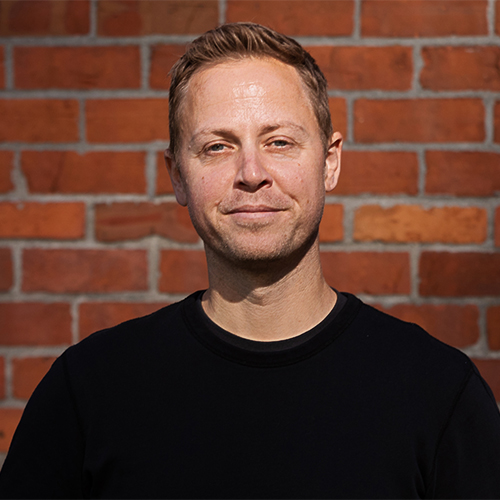
Adam Scalena
Adam is a full-service realtor, specializing in Vancouver’s best areas. His systematic approach to real estate and dedication to his clients has consistently placed him within the top 10% of realtors operating within Greater Vancouver.
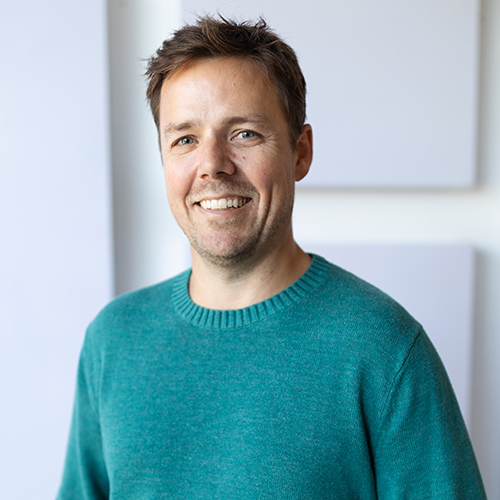
Matt Scalena
Matt is real estate obsessed and considers himself a lifelong student of the Vancouver real estate market. As a co-manager of the Scalena Real Estate team, Matt prides himself on expertly advising buyers and sellers on all aspects of the fast-paced, dynamic Vancouver real estate market. He is present at every stage of the process, from that first phone call or email right through to when keys are exchanged between sellers and buyers.
